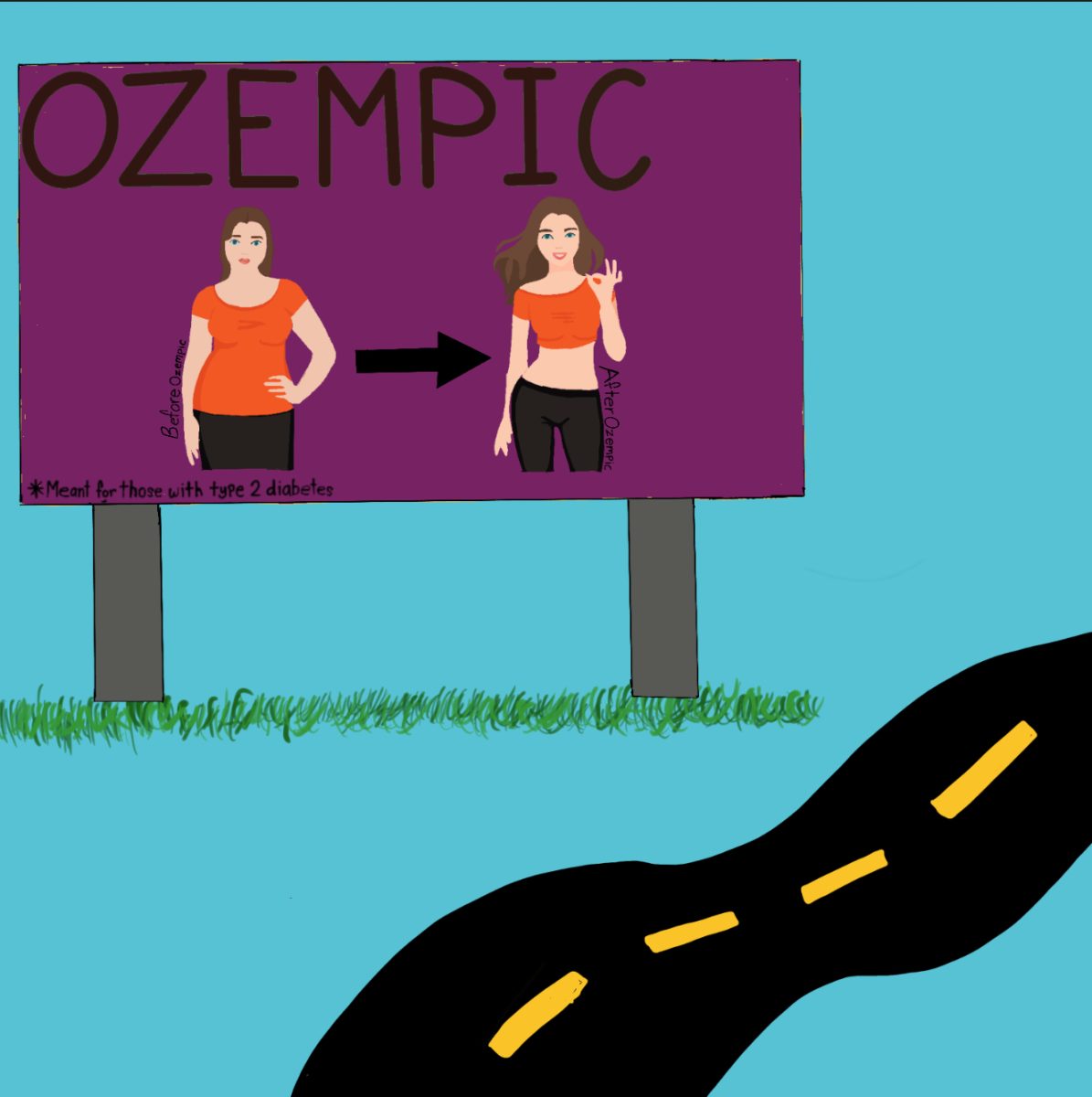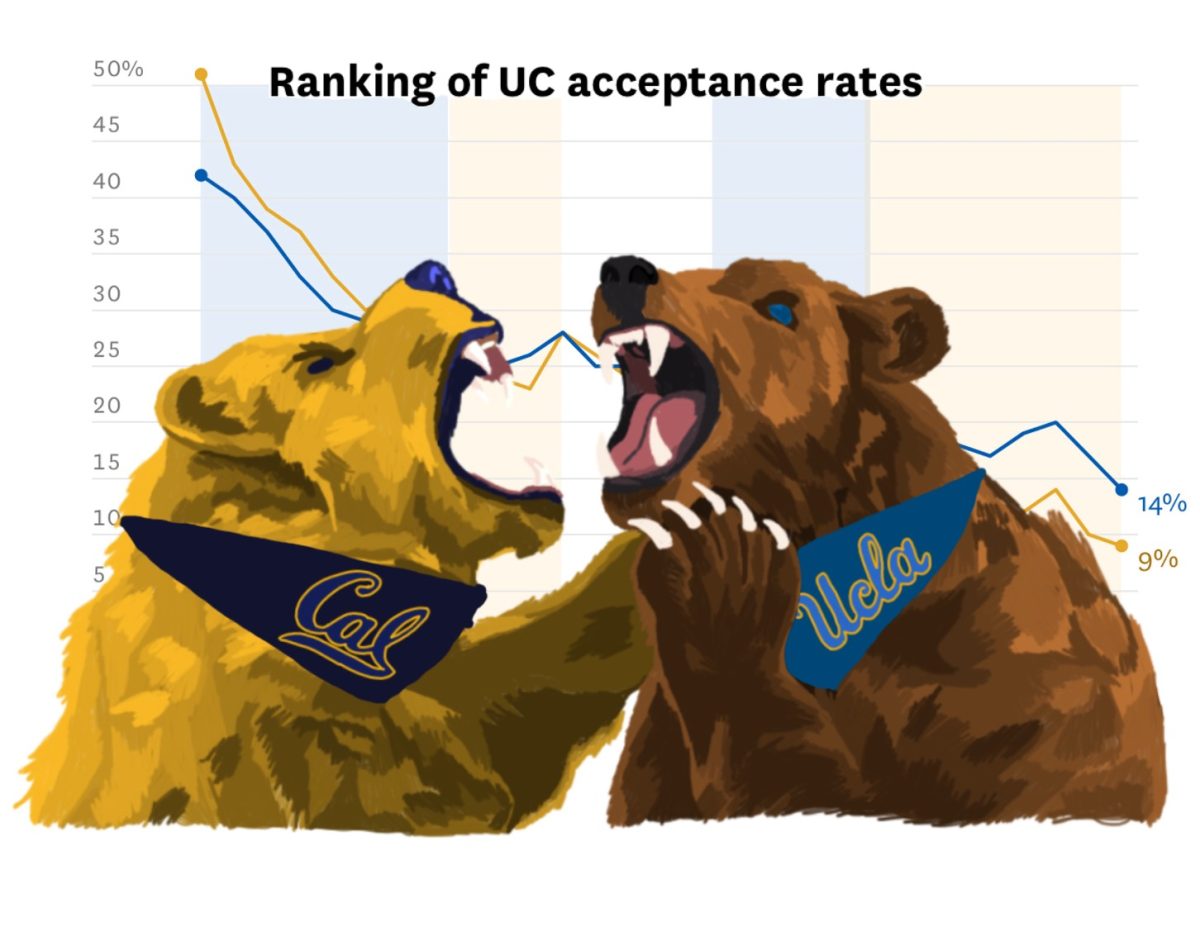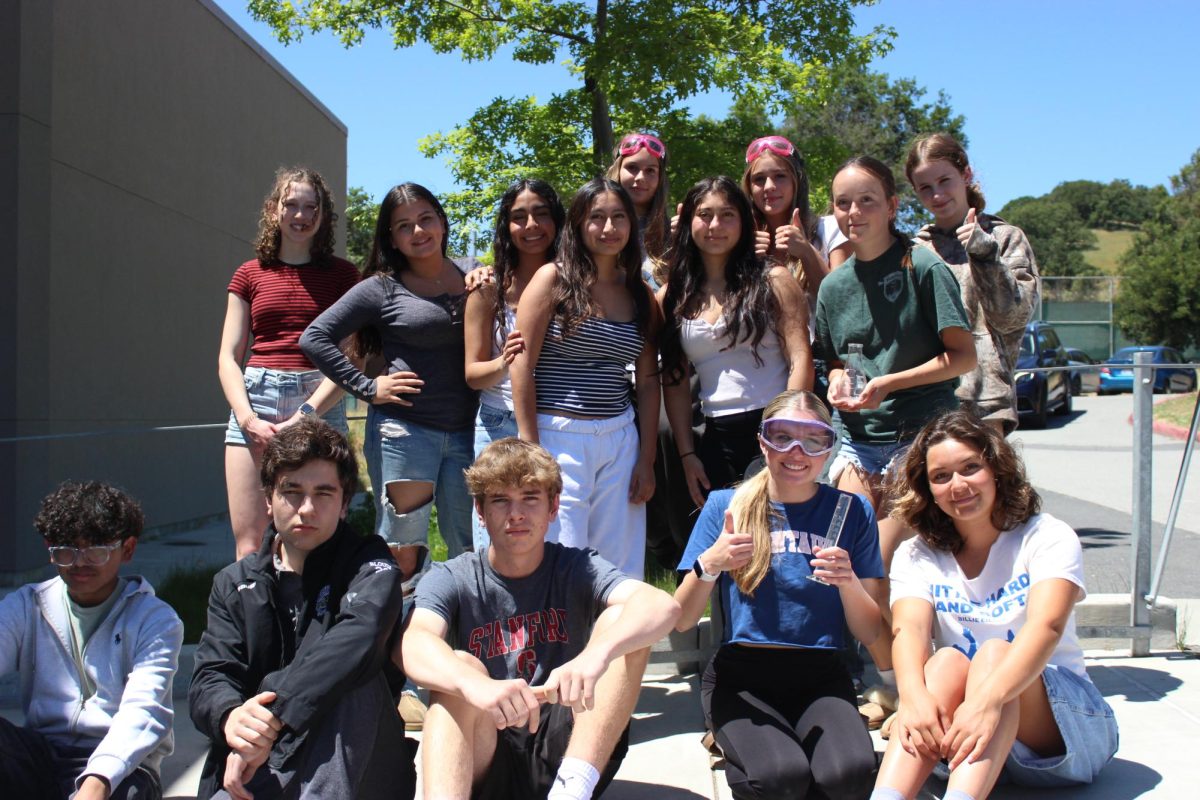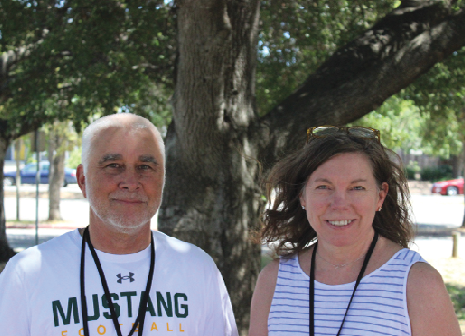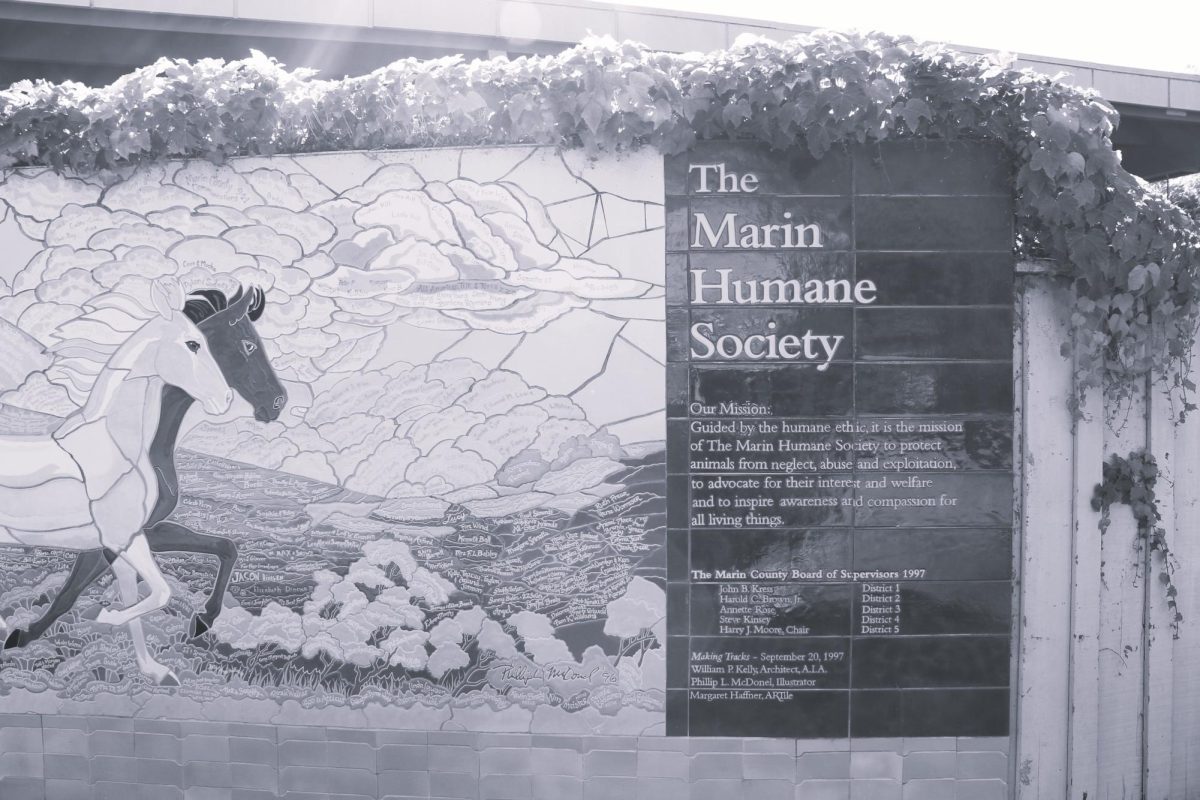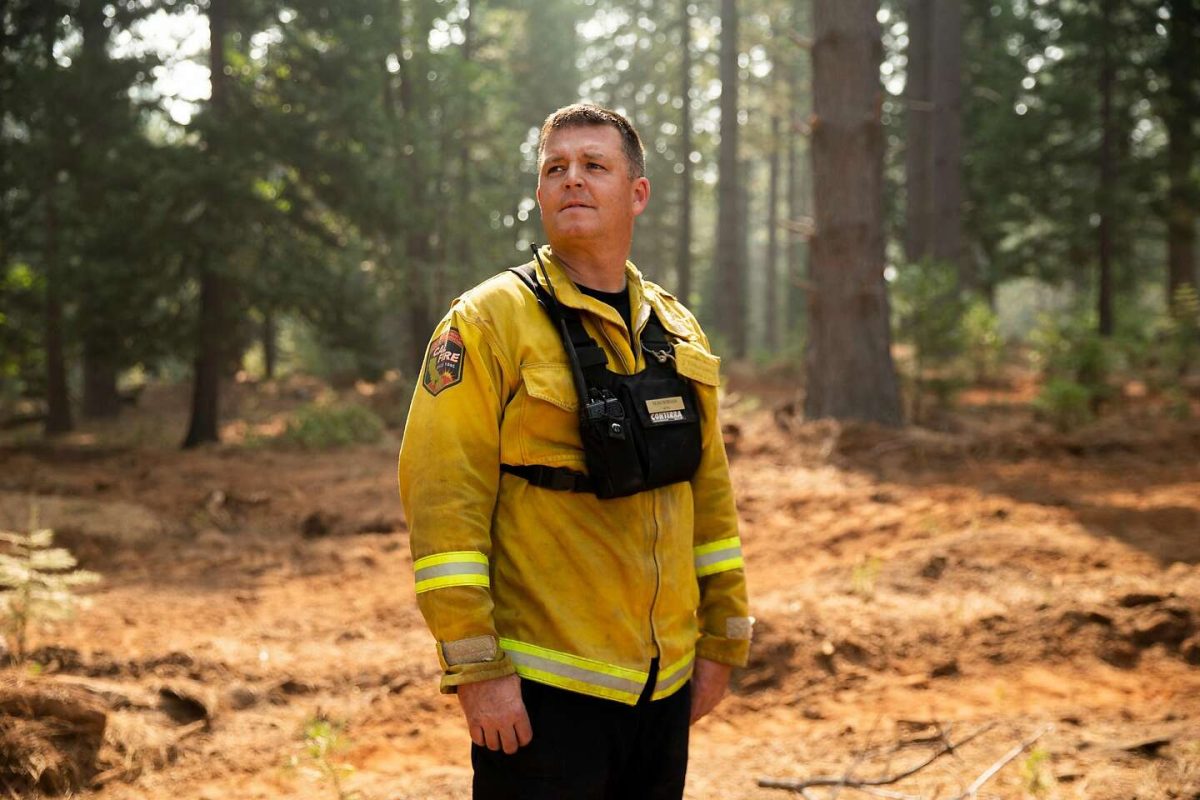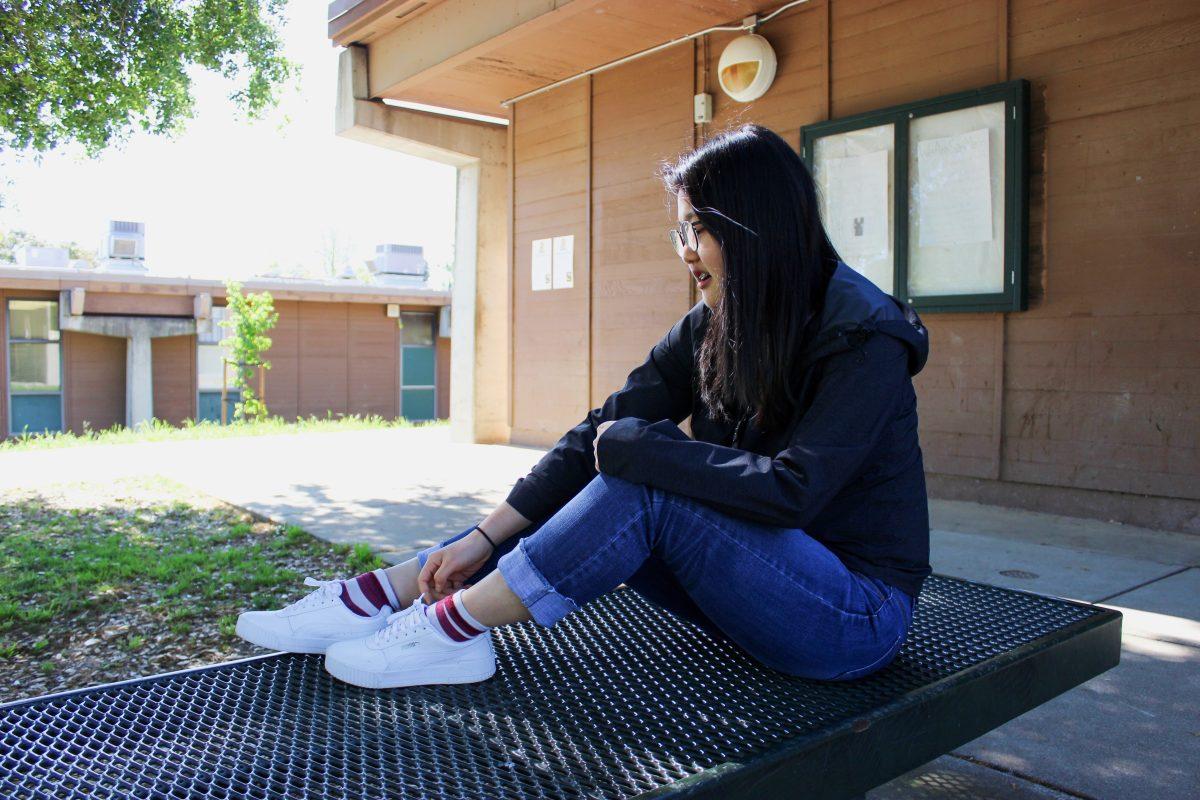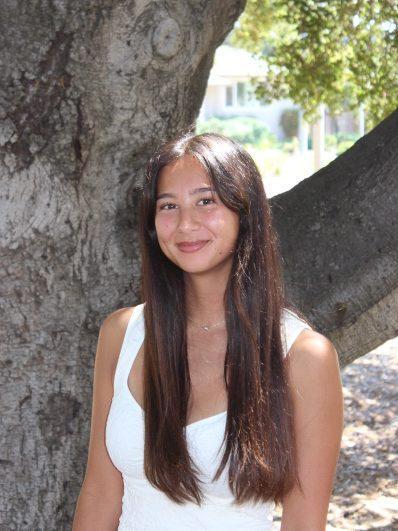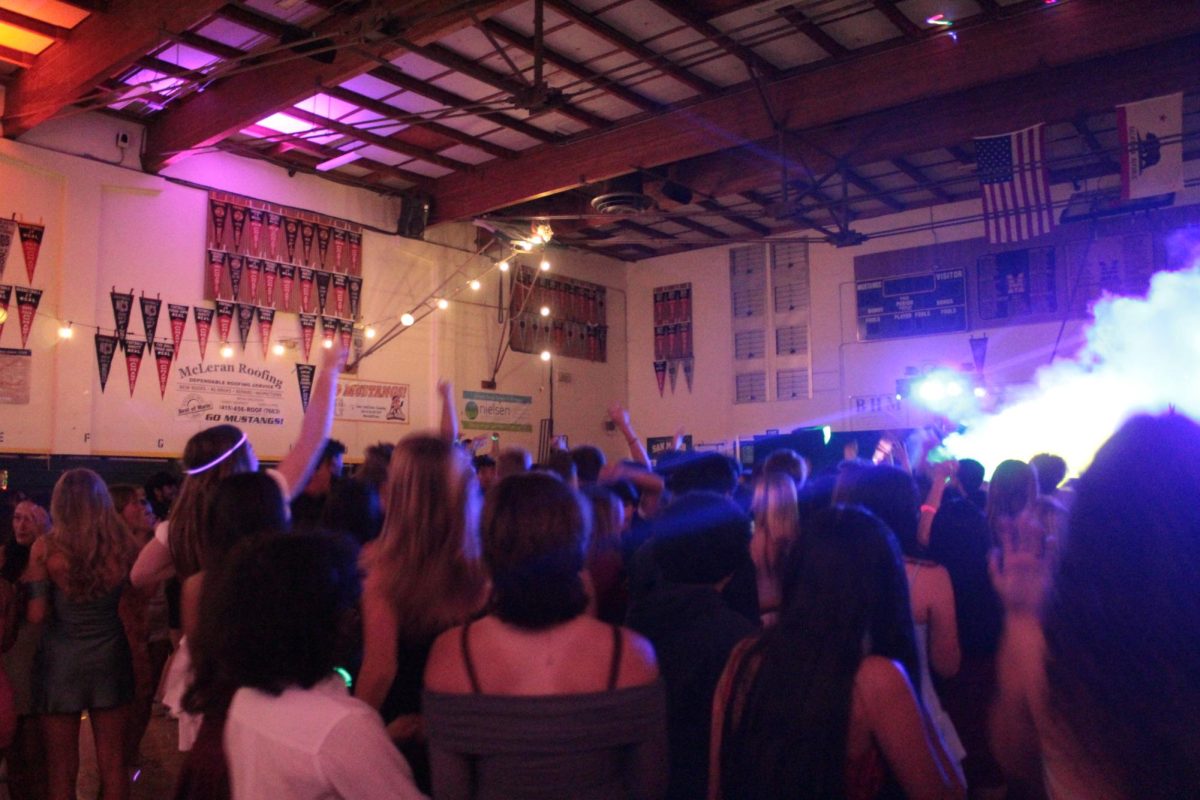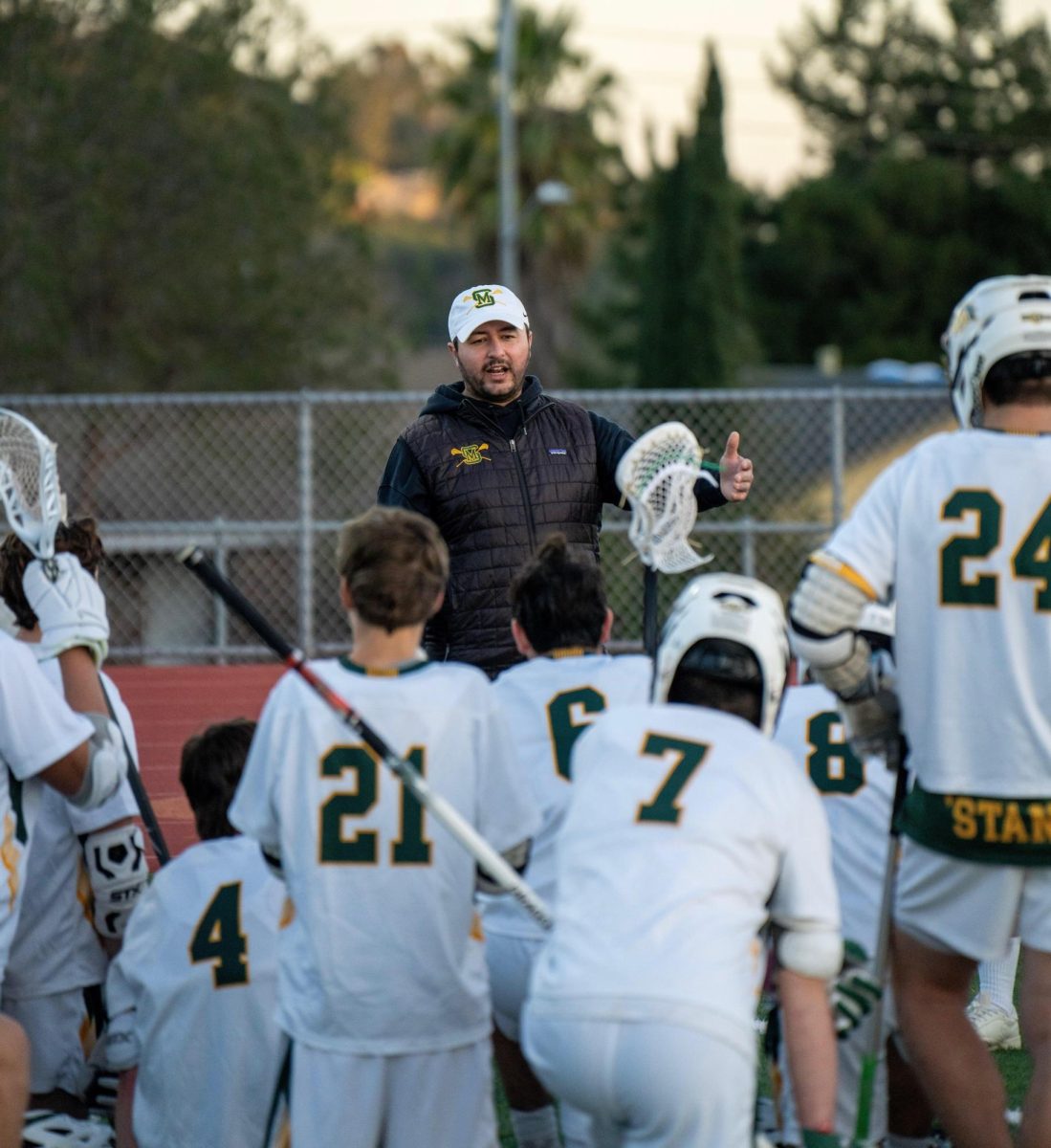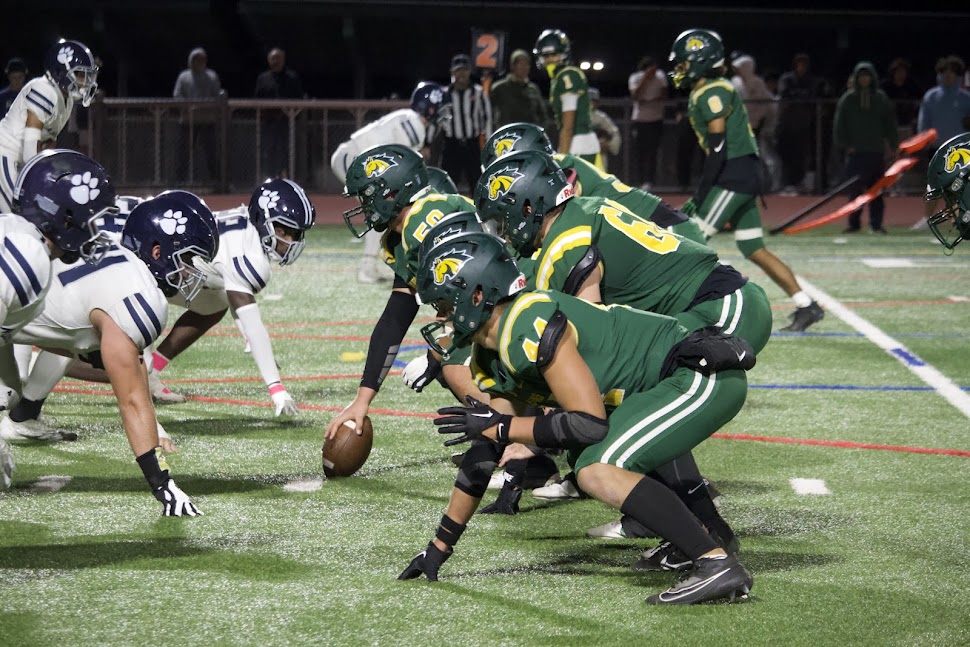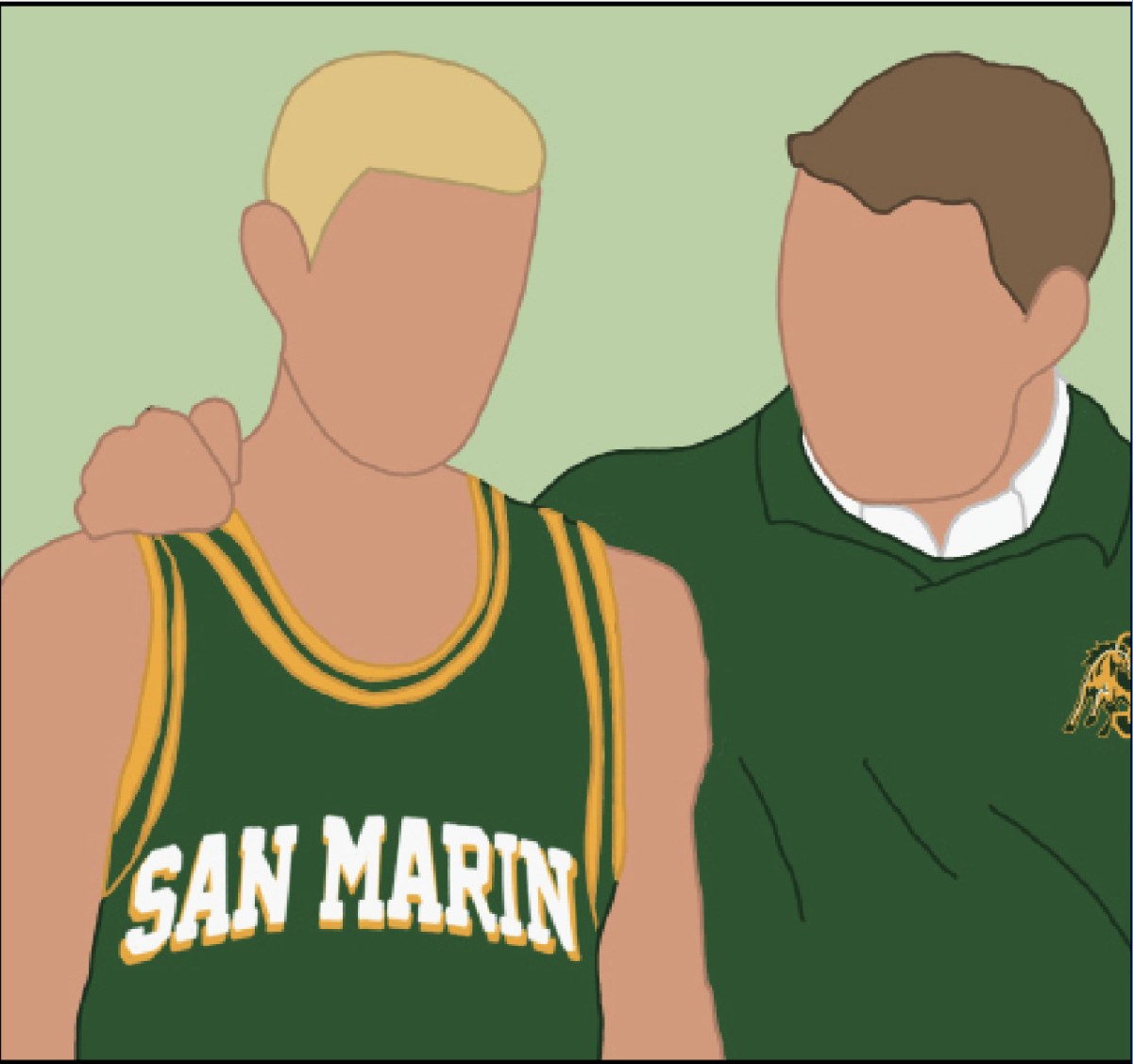For eight years, San Marin’s freshmen have been required to take two “real world” preparation classes: Health and College and Career Readiness (CCR). With the advent of the Fall 2024 semester, CCR will no longer be taught, and a required Ethnic Studies class will replace it. The decision was motivated by California’s Assembly Bill 101, which determined that all California high schools must implement an Ethnic Studies course into their required curriculum by 2026. All freshman classes following the year of implementation must complete an Ethnic Studies course to graduate.
Principal Jennifer Larson clarified this reason for the change.
“The logistical piece is that by 2026, [Ethnic Studies] will be a graduation requirement for everyone in the state of California,” Larson said.
Larson hopes that the course will be impactful due to its encouragement of community building.
“We want students to have a well-rounded education in terms of cultural relevance, and to make sure that we are setting students up to have deeper conversations and community-building opportunities around ethnic studies,” Larson said.
“We want students to have a well-rounded education in terms of cultural relevance.”
-Jennifer Larson, Principal
After teaching English for the past 20 years, Adam Williams will be the sole Ethnic Studies teacher. He will teach eight Ethnic Studies classes during the 2024-2025 academic year. To prepare for his role, Williams devised an Ethnic Studies curriculum composed of four units.
“There are four big units: identity, bias and stereotypes, systems of power, and change movements. “Kids will start out by identifying all of the things that shape who we are and how we encounter the world, then some of the mistakes folks make through bias and stereotypes,” Williams said.
With the absence of a CCR course, students will not have equal access to lessons in career, financial, and future planning as classes of the past have. Freshman Nora Schiltgen is glad to have participated in the last semester of CCR courses at San Marin, but also sees the value of an Ethnic Studies education.
“The most important thing we learned was how to budget properly; I’m going to carry that through my life,” Schiltgen said. “It is also important to understand other cultures and to be able to listen to each other; those are skills you will need when you interact with others in professional circumstances.”
Larson hopes that students will be provided with college and career readiness skills built into other classes, and at the high school career.
“…It’s about building a stronger community.”
-Adam Williams
Ethnic Studies Teacher
“We are looking at the different units and how we can chunk them as ninth, 10th, and 11th grade lessons and incorporate the skills that students are going to be missing from that [CCR] class… at a more relevant point in their high school career,” Larson said.
Williams defined his goal for the establishment of an ethnic studies education.
“At the end of the day it’s about building a stronger community by helping us to better understand the people around us,” Williams said.

